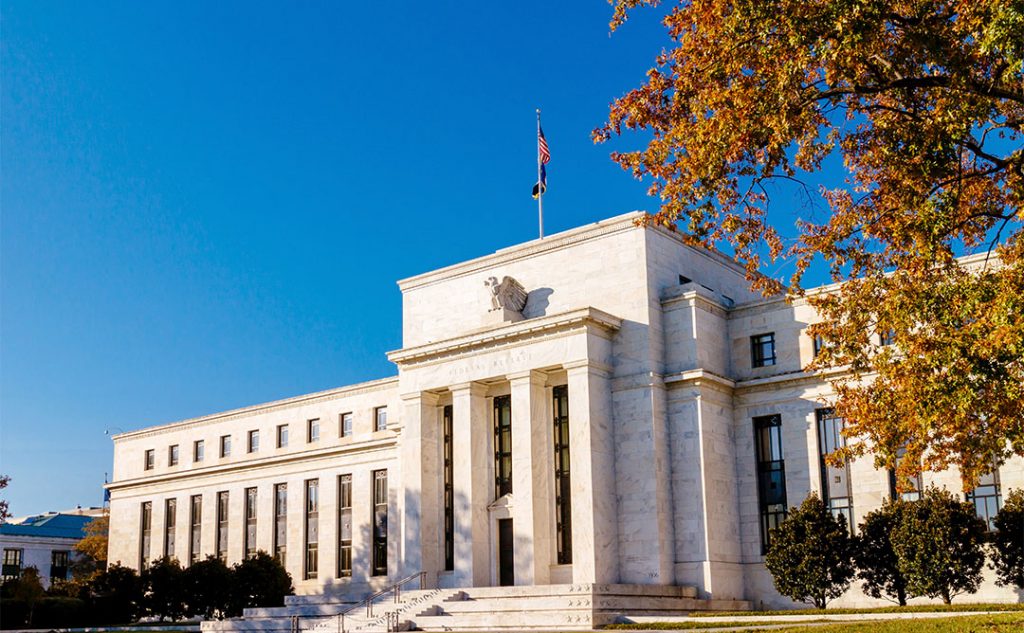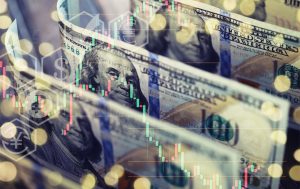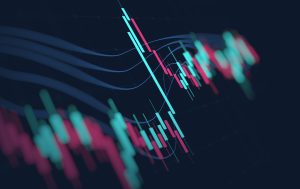In a series of remarks that have shaped market expectations and policy forecasts, Federal Reserve Chair Jerome Powell provided critical insights into the central bank’s current position on inflation, interest rates, and the economic outlook. Here’s a comprehensive overview of Powell’s key comments and their implications for investors and the broader economy.
Inflation and the Fed’s Outlook
Powell began by acknowledging the recent decrease in inflation but cautioned that the drop was not yet sufficient to alter the Fed’s approach to interest rates significantly. “The lower inflation readings over the second half of last year are welcome, but we will need to see continuing evidence to build confidence that inflation is moving down sustainably to our goal,” he stated.
Interest Rate Policy at a Potential Peak
In his prepared remarks, Powell indicated that the Fed has likely reached the peak of its interest rate hikes for the current economic tightening cycle. However, he also hinted that rate cuts might not be imminent, emphasizing the need for the economy to align broadly with expectations before easing policy restraint.
Seeking More Good Data
Powell expressed a desire for more evidence that inflation is on a consistent trajectory toward the Fed’s 2% target, alongside a strong labor market. “It’s not that we’re looking for better data, we’re looking for a continuation of the good data we’ve been seeing,” he clarified, highlighting the importance of sustained positive trends.
Comprehensive Evidence Required
While the six-month decline in inflation is positive, Powell noted the need for more broad-based evidence of decreasing prices, particularly from the services sector, to contribute more as inflation flattens out.
Fed’s Preparedness to Maintain Rates
The Fed Chair underscored the central bank’s readiness to maintain the current federal funds rate range for longer if necessary, to ensure ongoing progress toward the 2% inflation objective.
No Immediate Rate Cuts
Addressing speculation about rate cuts, Powell clarified that the Federal Open Market Committee (FOMC) is not yet considering this step, emphasizing the lack of a proposal to cut rates during their discussions.
Soft Landing Still Uncertain
Powell also addressed the concept of a “soft landing,” describing the current economic situation as encouraging but far from conclusive. “We’re not declaring victory at all at this point. We think we have a ways to go,” he said, indicating cautious optimism.
Contributions to Disinflation
He pointed out that the disinflation process has been aided by the healing of supply chains and the labor market, factors distinct from other economic cycles.
Fed’s Cautious Approach
Highlighting the Fed’s openness to adjusting its policy based on evolving economic data, Powell emphasized the importance of not rushing decisions, especially given the uncertainties that could reaccelerate inflation.
Skepticism on March Rate Cut
Powell downplayed the likelihood of a rate cut in the March meeting, suggesting that it may not be the appropriate time to begin easing, based on the committee’s current level of confidence.
Consumer Confidence and Inflation
Addressing the disconnect between low unemployment and weak consumer confidence, Powell speculated that the impact of rising prices over the past few years might partly explain the public’s dissatisfaction.
Looking Ahead
The Fed’s future actions will heavily depend on upcoming inflation data, with Powell indicating that strong or good inflation numbers might dictate the pace at which the central bank considers rate cuts.
Growth vs. Mandates
Finally, Powell reiterated the Fed’s focus on its mandates of maximum employment and price stability, rather than growth, emphasizing the importance of continued declines in inflation.
Powell’s remarks underscore the Federal Reserve’s cautious and data-dependent approach to navigating the current economic environment. As the Fed looks for more evidence of sustainable inflation reduction, market participants and policymakers alike remain vigilant, ready to adapt to the evolving economic landscape.



